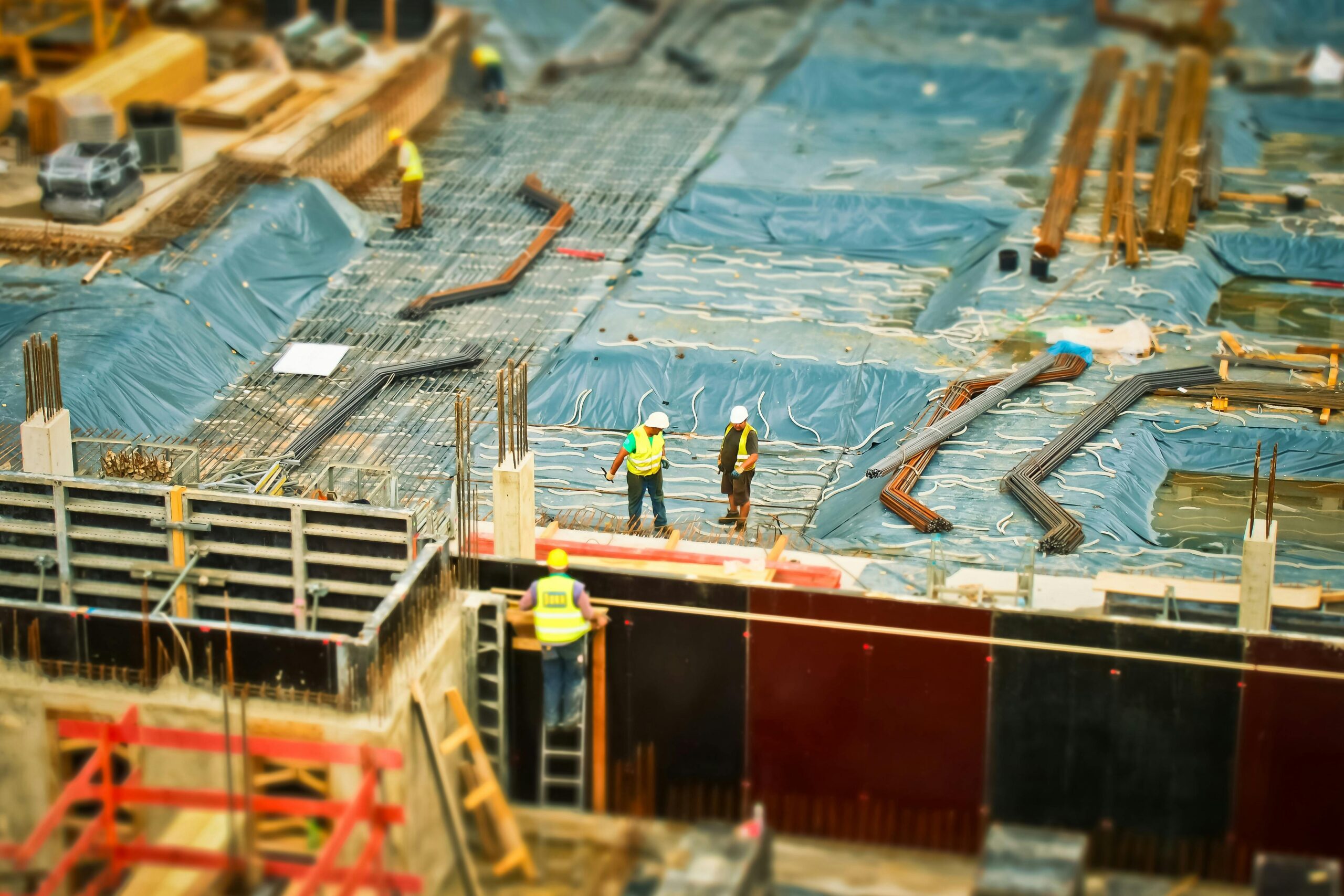
Preventing slips, trips and falls on construction sites
2 August 2024
According to Health and Safety Executive data, more than a quarter of all the sector’s non-fatal injuries in 2023 were caused by slips, trips or falls on the same level. These injuries can result in employee absences, impacting productivity and construction project deadlines.
Moreover, employers must protect the health and well-being of employees under health and safety legislation, so preventing slips, trips and falls is vital to aid compliance.
Employers should consider the following tips to avoid these types of accidents:
• Conduct robust risk assessments. Employers must conduct a pre-job inspection to identify and reduce the risk from site hazards—including slips, trips and falls—to ensure workers, contractors and members of the public are protected from harm during construction projects.
• Incorporate strict workplace controls. Employers should scrutinise risk assessment findings and implement robust workplace controls to mitigate any hazards identified. Controls could include installing guardrails in areas prone to falls, improving lighting in walkways with uneven surfaces, and utilising warning signs.
• Employ good housekeeping. Construction sites must be kept clean and tidy. Walkways should be free of debris and trailing cables. To assist with housekeeping, designated areas for waste materials (eg outdoor skips) should be provided so materials don’t gather.
• Utilise personal protective equipment. Employees should wear non-slip safety shoes or boots to reduce the likelihood of slips. Additional personal protective equipment, such as hard hats, can be leveraged to minimise injuries should a fall occur.
• Consider weather conditions. Employers should consider implementing additional measures when weather conditions are poor. For example, employers could stipulate that employees work under covered areas in wet weather.
Contact us today for further industry-specific workplace safety guidance.
